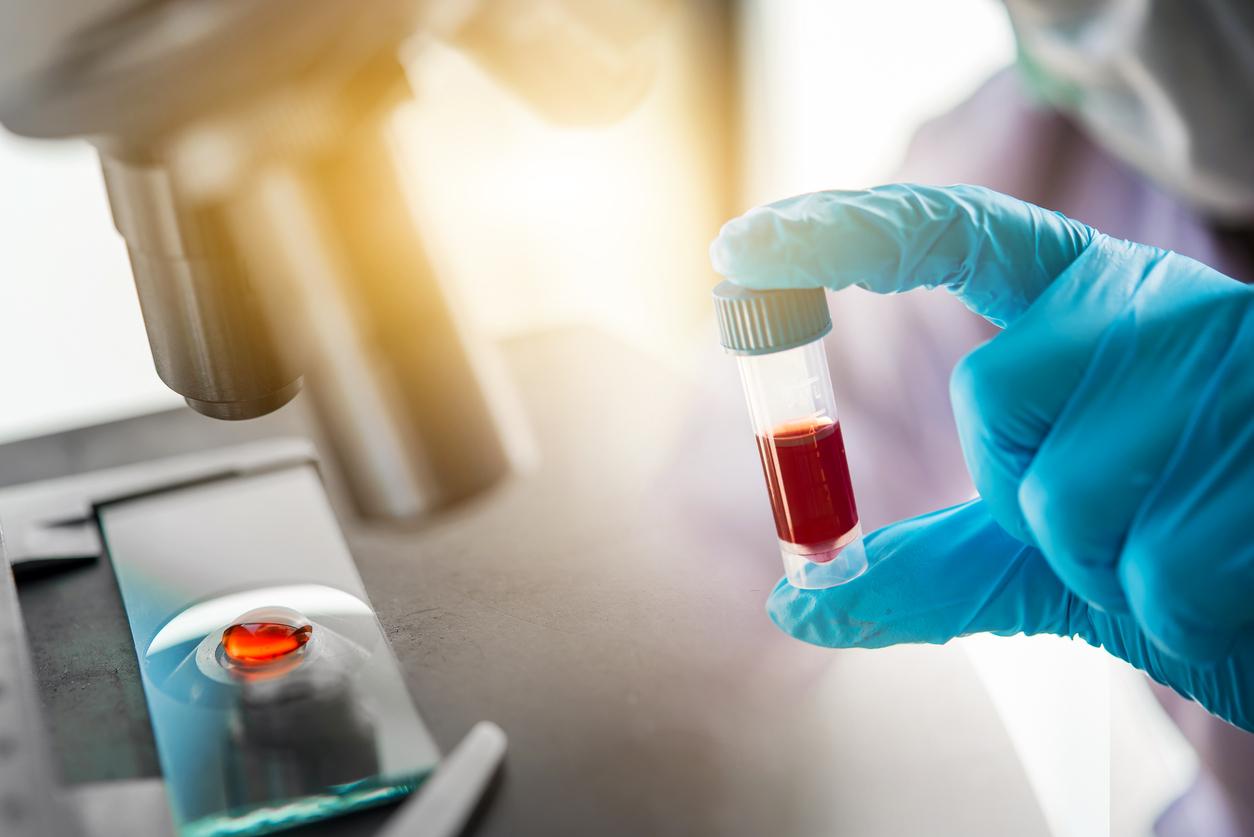The mechanism by which cancer cells repair themselves has just been discovered. In the long term, it could help heal cancers better by preventing this healing process.

- Scientists have analyzed the process by which cancer cells repair themselves when damaged.
- Ultimately, this discovery could open up new therapeutic avenues.
In 2018, the total number of new cancer cases was estimated at 382,000, 54% of them in men according to Public Health France. For male individuals, the most frequent is that of the prostate while women are more affected by that of the breast. A team of researchers has just published a study in the journal Science Advances which could, in the long term, make it possible to better cure them.
Macropinocytosis allows cancer cells to repair themselves
All cells, whether cancerous or normal, have a membrane. This can be defined as the skin of the cell, which separates it and therefore protects it from the environment in which it is. When this membrane is damaged, the life of the cell is threatened. Researchers have managed to understand how cancer cells manage to repair themselves. They use a technique called macropinocytosis, already known for other types of cells, which consists of pulling the intact pieces of the membrane over the damaged part. Thus, the hole is filled very quickly and the membrane is reconstituted identically. The defective parts of the membrane are sucked up by the interior of the cell and are broken down. This is how, even in the event of damage, cancer cells resist.
“Macropinocytosis is a target for future treatment”
To understand this mechanism, the researchers damaged cancer cells in the laboratory. They used a laser to pierce their membranes and observe the natural process taking place: macropinocytosis. Of course, the ultimate goal of their experiment was not simply to understand what was happening but also to prevent it. Thus, they found that by using substances that block macropinocytosis, cancer cells could no longer repair themselves and ended up dying. “Our research provides very basic insights into how cancer cells survive, explains one of the main authors of the study. In our experiments, we have also shown that cancer cells die if the process is inhibited, indicating that macropinocytosis is a target for future treatment. It’s a long-term perspective, but it’s interesting”.
Cancer cells are weaker when they proliferate in the body
Cancer cells can spread throughout the body and infect other areas than the one initially affected. This proliferation obviously makes the cancer more difficult to treat. Nevertheless, this research is promising because it is often when cancer cells migrate through the body that they are most prone to damaging their membrane. Thus, by blocking their repair, scientists could prevent them from reaching other parts of the body because they could die before they get there. “We continue to work and study how cancer cells protect their membranesunderlines Stine Lauritzen Sønder, one of the authors. About macropinocytosis in particular, it’s also interesting to see what happens after the membrane closes. We believe that the first reconstruction is sketchy and that a more thorough repair of the membrane is necessary afterwards. This may be another weak point in cancer cells and is something we want to take a closer look at.”.
According to the Cancer League, in 2018, nearly 160,000 people died of cancer. 89,600 were men and 67,800 were women.
.

















